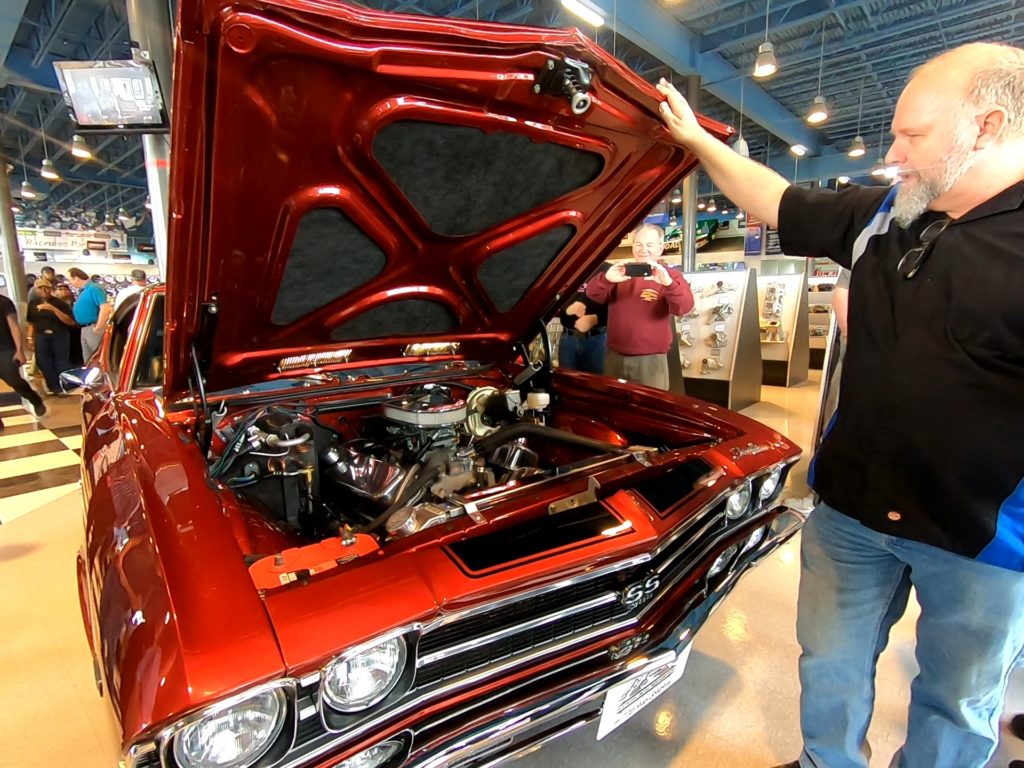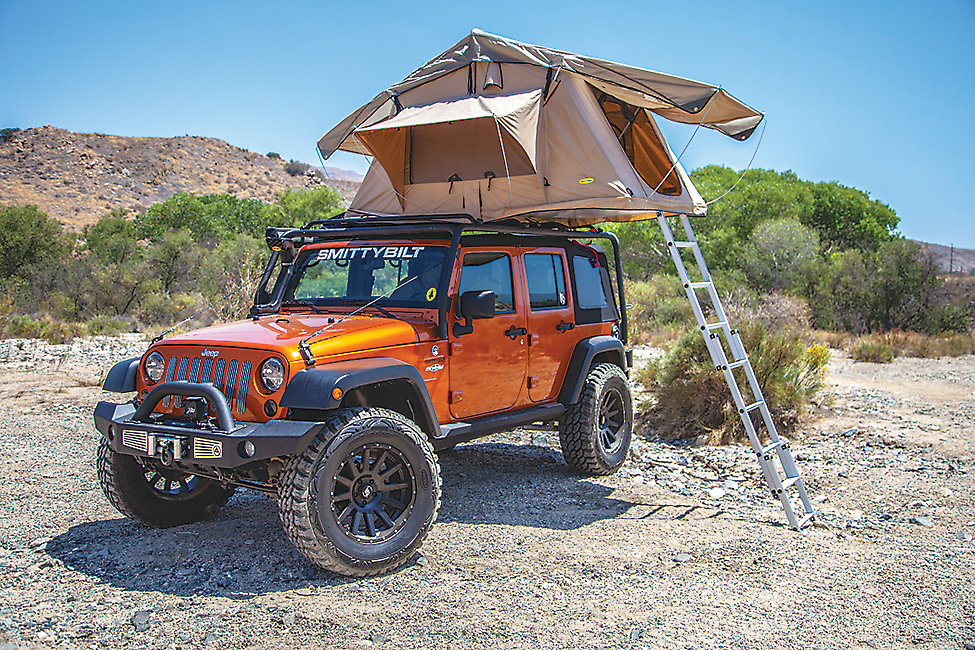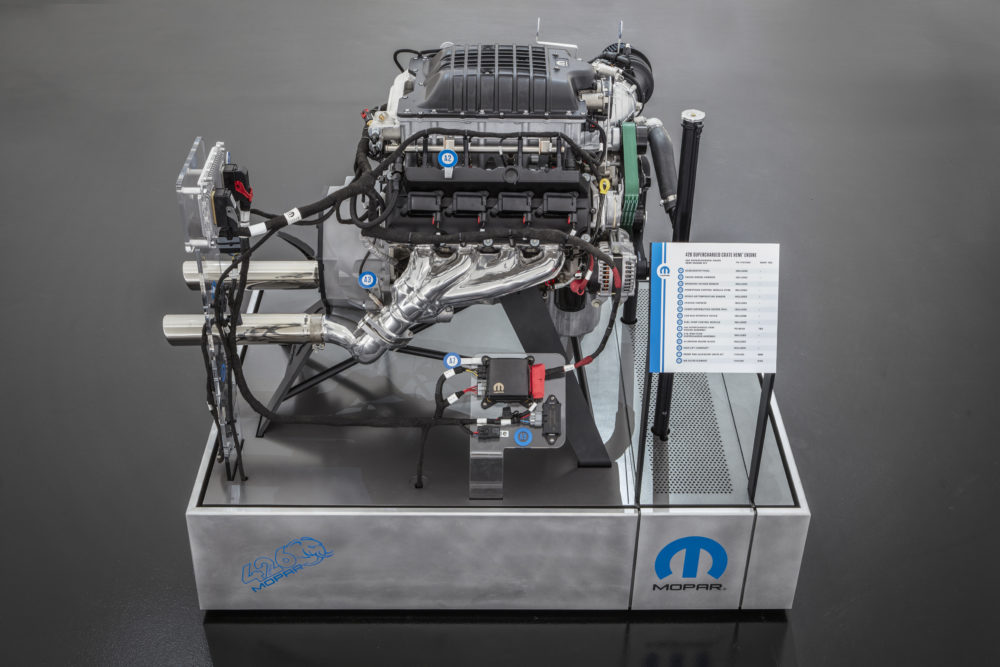It may not always feel like it, but 10 years is a long time.
As we round the corner into 2020, think about all the things that have changed in the last decade. The first Apple iPad didn’t come into our lives until 2010. Popular ride-sharing company Uber was only a fledgling business, and its primary rival Lyft was two years away from joining the market. LeBron James was still 25 cents short of a dollar and hadn’t yet taken his talents to South Beach.
Heck, a decade ago, OnAllCylinders didn’t exist.
Aside from our continued existence, automotive enthusiasts have felt the impact of many other trends over the past 10 years, ranging in scope from technological changes, to performance, to aesthetics, and more. Here are some of the most impactful:
Evolving Automotive Technologies
Let’s get the biggest fish out of the way first: changing vehicle technology.
In the past 10 years, we’ve seen a global influx of hybrid-electric vehicles (HEV) and fully electric vehicles (EV). Led by Tesla, EVs (including plug-in hybrid models) have experienced the most recent growth, with year-over-year increases since 2011 culminating in record sales of 361,000 units in 2018, according to U.S. Bureau of Transportation Statistics data.
While vehicles with traditional drivetrains still make up the vast majority of the new vehicle market, they haven’t been immune to change as well.
Widespread integration of smartphone connectivity and the development of advanced driver-assistance systems mean that the average vehicle on the road today is a more high-tech piece of machinery (and more distracting) than ever before.
Of course, you have to be driving a newer vehicle for this to apply — right? Wrong. Automotive enthusiasts willing to put in a little work have access to modern amenities like aftermarket Bluetooth kits, remote start systems, forward-collision warning systems, backup and park-assist cameras, app-based tire pressure monitoring, and more. You can even learn how to convert your vehicle to electric power.
What’s Old is (Still) New

Going along with new technologies, gearheads also have the ability to bring modern performance to their classic muscle cars without losing the vintage appeal. The restomod/Pro-Touring movement isn’t new per se, but it continued to dominate in the 2010s as manufacturers introduced more aftermarket components aimed at upgrading older vehicles to go toe-to-toe with their modern counterparts.
Common upgrades include modern conveniences like air conditioning systems and enhancements to the suspension, drivetrain, brakes, and more. What will be the trend in the next 10 years? Perhaps EV crate engine swaps.
The Overlanding Takeover

Relatively new in the U.S., overlanding combines elements of camping and off-roading into a single outdoor hobby built upon the spirit of adventure and self-reliance. True overlanding is never about getting somewhere, conquering a challenge, or fulfilling a purpose beyond seeing and learning more about the world. Rather, the journey IS the purpose.
Okay, Instagramming photos of the journey is kind of the purpose, too.
We kid, but in a report from Trucks.com, aftermarket accessories suppliers credited increased access to the internet and Instagram with helping to boost interest in the hobby. Other market drivers have included a generational preference among millennials for experiences over material goods and the ability of many people to work remotely.
Luckily, there is a wide spectrum of aftermarket parts and accessories for overlanding enthusiasts, including truck tents, winches, off-road tires, and much more.
Old-School People Movers Move Over
When you’re on top, there’s only one place to go — a reality that the American family sedan has experienced in the last few years. Automakers from GM, to Ford, to Fiat-Chrysler, and others have opted to kill off many of their slower-selling traditional cars in favor of increasingly popular SUVs and trucks. There are several reasons for the shift, including cheaper gas prices and the fact that today’s SUVs offer better-handling, lighter weight, and improved gas mileage over their predecessors. But there’s a silver lining…
More & More Power
Family sedans may be disappearing, but car manufacturers have largely continued to support their sportier coupe and sedan offerings, while adding even greater power and performance straight from the factory.
In 2019 alone, we got the first-ever mid-engine Chevrolet Corvette, offering 495 horsepower at a price point starting under $60,000. We also got the 2020 Dodge Charger SRT Hellcat and Scat Pack models, capable of generating 707 horsepower and 485 horsepower, respectively. And let’s not forget the 700-horsepower 2020 Ford Mustang Shelby GT500 and the turbocharged, 335 HP Toyota Supra.
The increase in power isn’t just happening at the factory level, either. Aftermarket crate engines have become increasingly powerful, too. Most notably, earlier this year the Mopar 426 HEMI “Hellephant” became the first-ever 1,000-hp crate engine assembly ever offered by an OEM.

LS Swap Mania
If you’ve been following OnAllCylinders for a while, you might know that we’ve written a little bit about LS engines. You might also know that we’re fans of them, and why wouldn’t we be? The LS platform delivers quite a bit of performance for its size and is highly regarded for being easily paired with many aftermarket transmissions.
Saying that Chevrolet’s versatile family of engines has grown more popular in the last decade is the very definition of “understatement.” Gearheads have been LS-swapping everything imaginable from vintage Chevy trucks, to European imports, to (gasp) vehicles originally fitted with Mopar or Ford engines. Love it or hate it, it’s hard to see this trend dying anytime soon.
Automatic Killed the Manual Star

Over the past 10 years, manual transmissions have continued to lose more and more ground to automatics, disappearing altogether as an option in some vehicle families and relegated to more expensive performance trims in others. IHS Markit, an automotive market trends research group, reported in 2012 that vehicles with stick shifts represented about 6.8 percent of U.S. vehicle sales, but the organization projects that number will drop to 2.6 percent by 2023. According to Jalopnik, EVs actually outsold manual transmissions for the first time in 2019.
…
Are there any big trends that we missed? Please share them in the comments below!

One trend that has effected me is;
I think Better Quality (and cheaper) Air-Fuel Gauges should rate a mention & new highly Adjustable Holley Carbs that you can now easily adjust each system (The systems are, Idle, Full throttle, cruise, the power system etc.) while driving with your AF Gauge.
Us that have old school Muscle cars can now tune our carbies on the open road in real time and conditions without the expense of going on a Dyno.
That along with a good electronic ignition has made the enjoyment and cost of owning a Muscle car these days so much better and easier.
PS: Please if you could do an article on tuning an old school muscle car this way, That would be good.
Automotive world will transform into something we have never seen. More and more quality and cool vehicles are expected. Can’t wait for that!
Know More
I am very glad to read this excellent review of Impactful Automotive Trends. Digital transformation is revolutionizing every industry. In this article, you have explained the top digital transformation trends for the automotive industry for 2019-20. Actually, I am a professional software engineer. I have work with lots of reputed software firm/company. Currently, I am working for an SEO and Digital marketing software development agency as senior software developer. Interested people can find more information about our project. I love to work with a team and sharing my knowledge with them. I love also traveling and riding cars that’s why I am interested to know all the updates in this automotive industry. So I appreciate the author for sharing this kind of information.
Hello! I could definitely agree with your opinion that we should prepare for something new, for a new era of digital developing. But to be honest, a great number of futuristic inventions are already among us. The alternative reality, artificial intelligence, a lot of systems for companies that could significantly increase the profit. Did you hear about CRM systems? If you are a business owner, it is better to think about salesforce implementation. It is a step to the future.
[…] Decade in Review: Impactful Automotive Trends […]
Amazing! I am a huge fan of Off-road cars and I love them. Thinking to buy one for my adventures 🙂